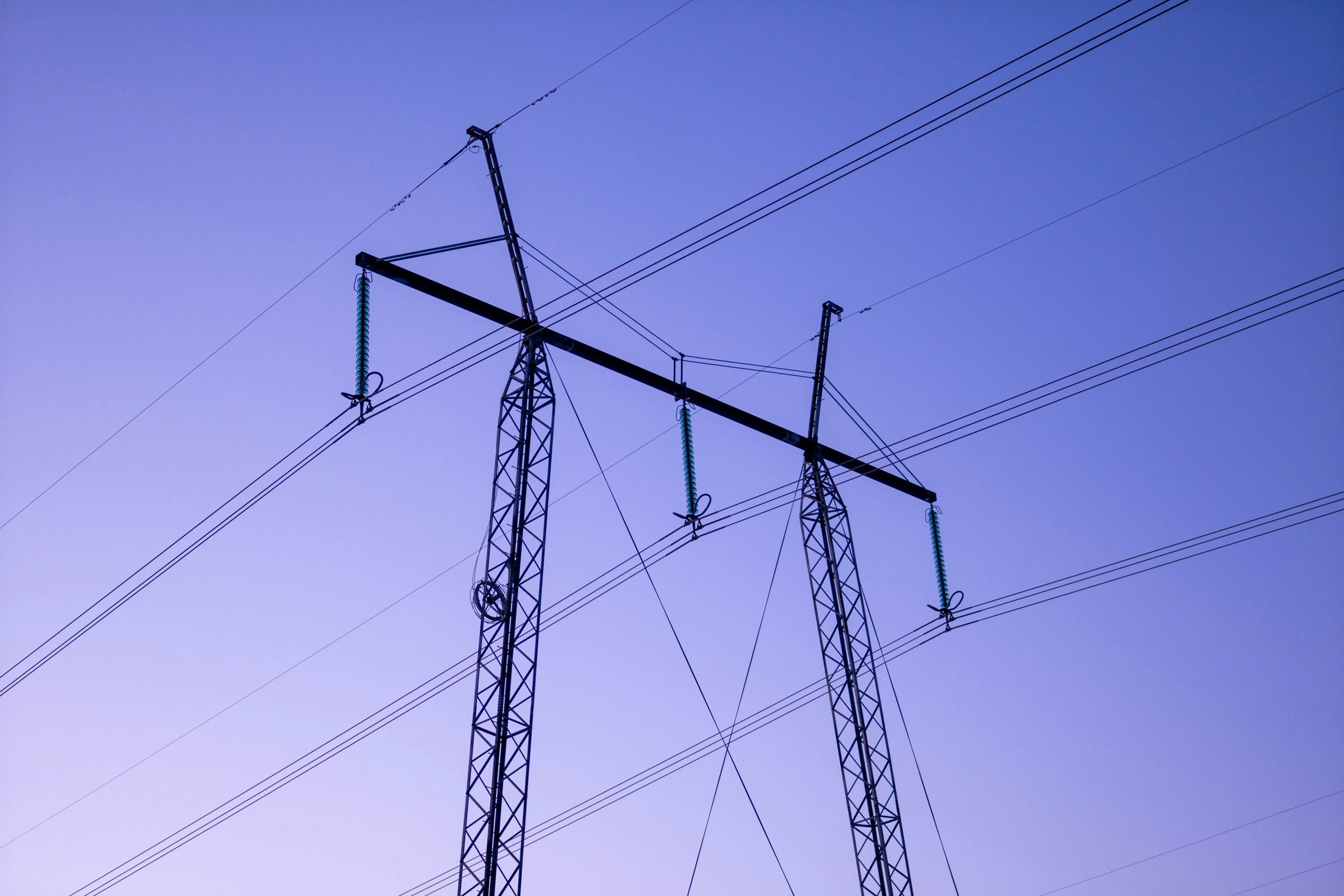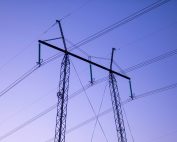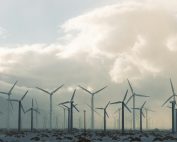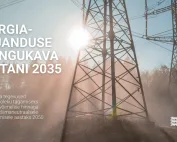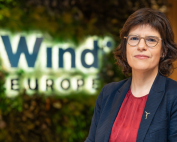Denmark’s Climate Council (Klimarådet) has outlined several promising strategies for the country to achieve its 2050 climate neutrality goal, with significant implications for the wind energy sector, particularly offshore wind in the North Sea.
Key points from the Climate Council’s recommendations:
- Electrification: The Council emphasises the need to electrify energy consumption across various sectors, including industry, housing, and transportation.
- Carbon Capture and Storage (CCS): Implementing underground CO2 storage is seen as crucial for reaching negative emissions.
- North Sea Wind Resources: Utilising Denmark’s offshore wind potential in the North Sea could enable the country to export green electricity or hydrogen to neighbouring countries.
- 90% Emission Reduction: The Council estimates that Denmark can reduce 90% of its CO2 emissions by 2050 using known methods, primarily by phasing out fossil fuels in the energy sector, industry, and housing.
- Negative Emissions: To achieve 100% or 110% reduction, new methods such as large-scale afforestation, biochar storage, and carbon capture from biomass combustion or directly from the air will be necessary.
- International Role: Denmark could play a significant role in helping other countries meet their climate goals by exporting surplus energy from North Sea wind farms.
Green Power Denmark, an industry association, largely supports these recommendations. Martin Ingerslev, chief economist at Green Power Denmark, emphasises the need for political focus to incentivise green decisions across all sectors.
The association also highlights the importance of looking beyond national climate goals, considering the global nature of the climate crisis. They argue that Denmark can play a much larger role by focusing on international impact, such as decarbonising international shipping and aviation.
For the Baltic Sea region wind energy sector, Denmark’s ambitious plans for North Sea wind development can serve as a model and potential collaborator. The emphasis on exporting green energy, either as electricity or hydrogen, aligns with broader European efforts to create an integrated, sustainable energy system.





